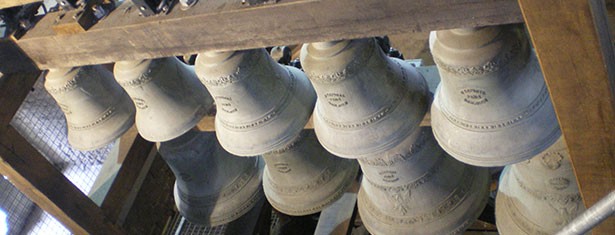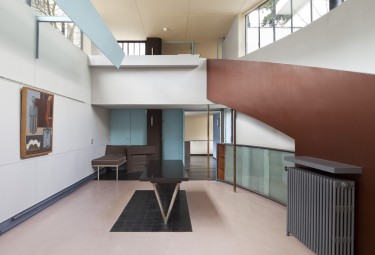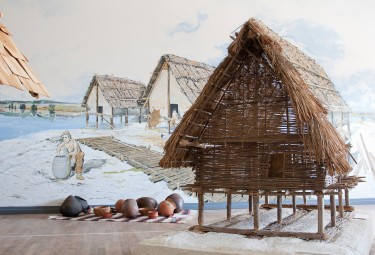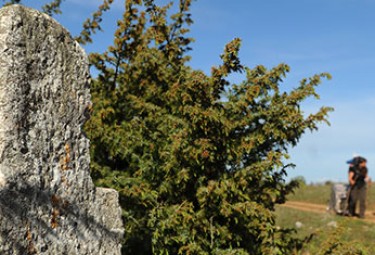Belfries of Belgium and France

Summary
Built or rebuilt between the 12th and 20th centuries, the 56 belfries of Belgium and France are outstanding examples of secular and civic architecture. The belfry is a symbolic feature of the urban landscape of the former Low Countries and north of France, illustrating the rise of municipal power during the Middle Ages. From a functional point of view, the belfries were used to house the town bells, to store charters and treasure, as meeting-places for the town magistrates, as watch-towers and prisons. Over the centuries, they became symbols of the power and wealth of the town. With their potent symbolic presence, the belfries suffered during armed conflicts, but their constant reconstruction is a measure of their importance and of the attachment to them of the local communities.
Criteria
Criterion (ii): During the Middle Ages, towns started to gain independence from the feudal regime. The belfries of Belgium and France symbolize this newly acquired independence and the links between secular and religious powers. The belfries associated with market places are the first and predominant representatives of civil and public architecture, and in this respect, their gradual change of form from “seigniorial keep” to “communal keep” is significant. The belfries attached to churches bear witness to the relationship between civil and religious power in the town.
Intimately linked to the rise and government of European towns in the Middle Ages, the belfries and the building complexes to which they are usually attached are a key element of public architecture from the 13th century onwards.
Criterion (iv): The belfries of Belgium and France are outstanding examples of a form of urban architecture adapted to the political and spiritual needs of the time. They embody a will for emancipation and a form of aspiration for local democracy which has had widespread influence in the history of humanity. Built in the heart of the urban space and usually dominating the main square, they play a key role in the organization and representation of the towns to which they belong.
- Armentières: Belfry of the town hall
- Bailleul: Belfry of the town hall
- Bergues: Belfry of the market place
- Cambrai: Belfry of religious building (Saint-Martin bell-tower)
- Comines: Belfry of the town hall
- Douai: Belfry of the town hall
- Dunkerque: Belfry of the town hall
- Dunkerque: Belfry of religious building (Saint-Eloi bell-tower)
- Gravelines: Free-standing belfry
- Lille: Belfry of the town hall
- Loos: Belfry of the town hall
- Aire/Lys: Belfry of the town hall
- Arras: Belfry of the town hall
- Béthune: Free-standing belfry
- Boulogne-sur-Mer: Belfry of the town hall
- Calais: Belfry of the town hall
- Hesdin: Belfry of the town hall
- Abbeville: Free-standing belfry
- Amiens: Free-standing belfry
- Doullens: Belfry of the town hall
- Lucheux: Belfry on city gate
- Rue: Belfry of the town hall
- Saint-Riquier: Free-standing belfry
- Année d'inscription : 1999
- Critères d'inscription : ii, iv
- Superficie du bien inscrit : NC
- Localisation : Departments of Nord, Pas de Calais, Somme, Region of Hauts-de-France (France)
- Coordonnées DMS : N50 10 27.984 E3 13 53.004
- Registration year : 1999
- Registration criterion : ii, iv
- Area of the inscribed : NC
- Location : Departments of Nord, Pas de Calais, Somme, Region of Hauts-de-France (France)
- Coordinates DMS : N50 10 27.984 E3 13 53.004





